Get your laptop keyboard back in working condition with our comprehensive guide on fixing broken keys.
If one or more keys on your laptop keyboard are not working, you don’t have to toss out your laptop or spend a fortune on repairs. In this guide, we’ll give you a few tips on how to fix broken laptop keys and get your keyboard back in working condition.
What to Do if My A Key Is Not Working?
Remove any debris
The first step is to ensure no crumbs, dirt, or hair obstruct the key’s path. Use compressed air or a dry toothbrush to gently clean the area around the key and under the keycap.
Reattach the keycap
Sometimes, the keycap can become detached from the keyboard’s scissor-switch mechanism. To fix this:
Gently take off the keycap with a flathead screwdriver or a keycap puller.
Examine the small plastic pieces that attach the keycap to the base of the key.
Reattach any pieces out of place, and snap the keycap back onto the scissor-switch.
If the keycap is damaged or missing, you can find replacement keycaps online or replace the entire keyboard for a more comprehensive fix. If you use a popular brand laptop, you can change your keyboard by getting a new replacement keyboard.
Check the scissor-switch.
If reattaching the keycap doesn’t solve the problem, your scissor switch may be damaged or dirty. The scissor-switch is the pivot point underneath the keycap, allowing it to move up and down when pressed.
Try cleaning the scissor-switch with a cotton swab or compressed air to remove debris or dust. If the switch still doesn’t work, it may need to be replaced.
Fixing a broken key on your laptop keyboard can be simple with the right tools and techniques. Cleaning, reattaching, or replacing key components can get your keyboard back into working order in no time.
What Type of Keyboard do You Have?
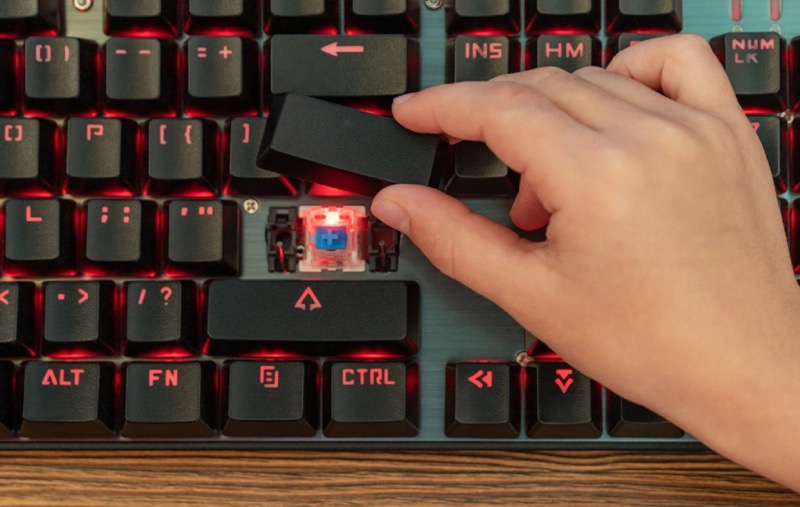
There are different types of keyboards, including Mechanical and Membrane keyboards. Mechanical keyboards have individual switches below each key, resulting in a tactile and clicky typing experience.
On the other hand, Membrane keyboards have a layer of rubber or silicone beneath the keys, offering a quieter and more lightweight feel. If it’s your laptop keyboard, there is a 99% chance it must be a membrane keyboard.
If a key on your keyboard is broken, you may need to fix or replace it. You can replace the keycap if it’s just a broken keycap.
But you may need to replace the entire keyboard if it’s more severe, like a liquid spill or multiple broken keys. In some cases, a technician may be able to fix the issue for you, but if the damages are too severe, you will need to replace the entire keyboard.
How to Fix a Keyboard Key That Fell Off?
A keyboard key falling off can be frustrating, primarily if you must type for work or school. If you need to fix a keyboard key that fell off, there are steps you must follow. First, identify if you have a Mechanical or Membrane keyboard.
If it is not a laptop keyboard and a mechanical keyboard, try snapping the keycap back onto the switch.
If it’s a membrane keyboard, you may need to replace the whole keyboard or buy a replacement kit.
The replacement kit should include a new keycap and the tools necessary to fix your laptop keyboard. Make sure to follow the instructions carefully. Once you’ve fixed the key, please test it to ensure it works properly.
With patience and the right tools, you can fix a keyboard key that fell off and get back to typing.
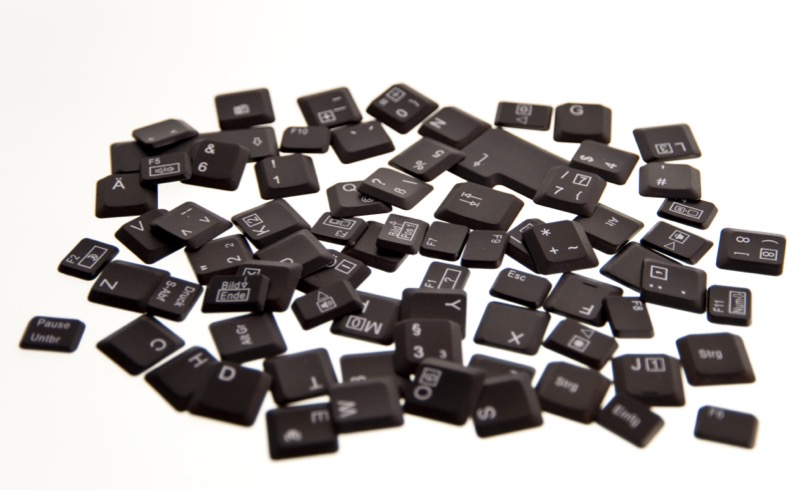
Things You’ll Need to Fix Keyboard Keys
The essential tools to fix a keyboard include a flathead screwdriver and a regular screwdriver. Depending on the keyboard type, you may also need a specific keycap puller. Some alternative tools include tweezers, a spudger, or a thin plastic card, which can all be used to remove or reposition the keys.
Additionally, having a clean and clear workspace is essential to effectively remove and replace the keyboard key. Be sure to also clearly understand how your keyboard works before attempting to fix it. With the proper tools and knowledge, you should be able to quickly fix your keyboard key.
How to Fix Damaged Keyboard Keys Due to Liquid Spills

You can take steps to fix the keyboard key and restore it to working condition. First, you need to turn off and unplug the computer or laptop. Then, carefully pry off the affected keyboard key and clean the area with a damp swab. If the spill has caused damage to the membrane keyboard, you may need to replace the entire keyboard. However, if it’s a mechanical keyboard, you can remove and replace just the faulty key.
If the liquid spill is severe, you may need to replace the keyboard. Remember, patience is key (pun intended) when fixing a damaged keyboard, and it’s essential to take the proper steps to avoid causing further damage.
How to Fix Laptop Keys Not Working Because of Dirt
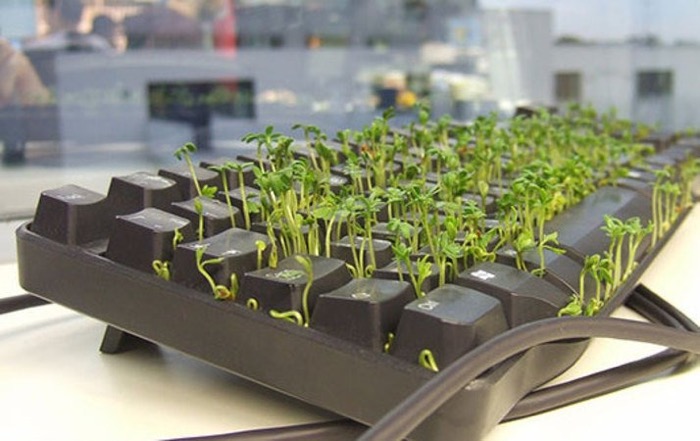
If the dirt is visible, you can use a pry tool to gently remove it from under the affected key. Alternatively, you can use compressed air to blow away any dirt or debris stuck underneath the key.
This can be done by holding the can of compressed air upside-down and spraying the key until the dirt comes loose. If these methods do not work, you may need to replace the laptop key or the entire keyboard. It’s essential to take care of your laptop keys to ensure they continue to work correctly and prevent any potential damage to your system.
What Causes Mechanical Keyboard Keys to Stop Working?
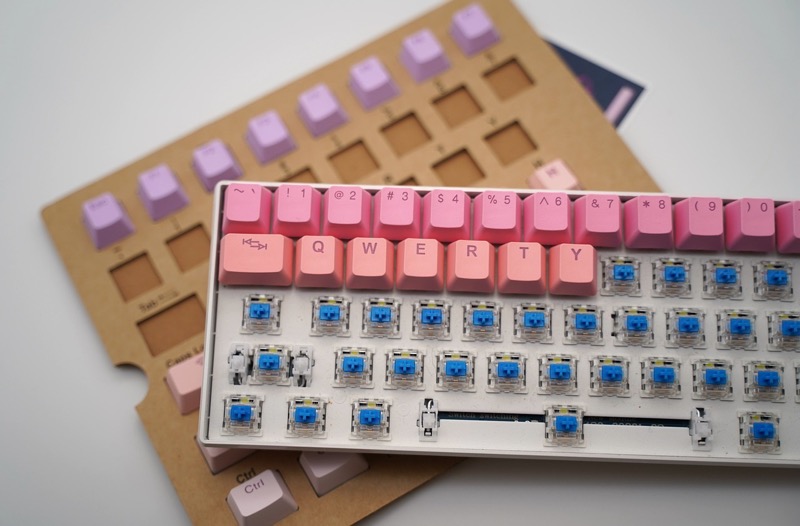
Mechanical keyboards are popular among gamers and typists due to their faster response time and tactile feedback. However, these keyboards can also experience issues like any other device.
One of the most common problems users encounter is when keyboard keys stop working. There can be various causes for this problem, including mechanical damage, a manufacturing defect, or dust and debris accumulation in the keycap or switch.
Over time, the keyboard keys may wear out or develop a faulty connection due to frequent use.
Sometimes, the issue can be fixed by cleaning the keycap or switch or replacing the faulty component. However, more severe damage or defects may require professional repair or replacement of the entire mechanical keyboard or keyboard key.
How Do You Fix a Dead Key on a Mechanical Keyboard?
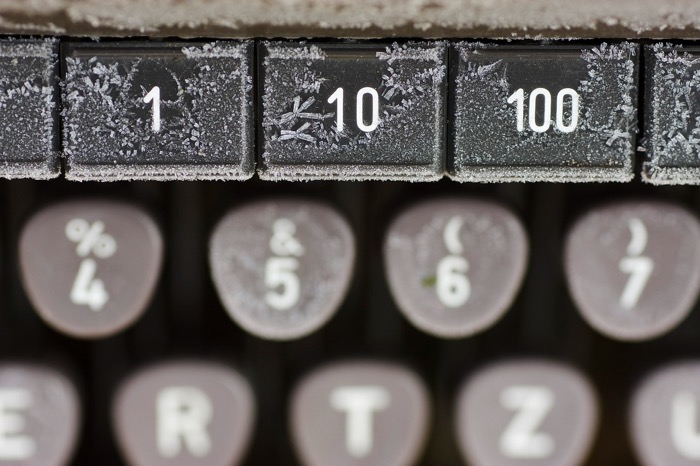
Fixing a dead key on a mechanical keyboard is a common issue that can be fixed by following simple steps. The first step is cleaning the affected key with a compressed air can, which helps remove any debris or dust stuck between the keycap and switch.
If this does not work, the next step is to remove the keycap and check the switch for damage. If the switch appears damaged, it may need repairing or replacing.
However, if the key still feels sticky or unresponsive, apply a small amount of lubricant to the affected switch. This should make the key feel more smooth and more responsive, ensuring that your mechanical keyboard is back up and running quickly.
How do I fix unresponsive keyboard keys?
Unresponsive keyboard keys can be a frustrating issue, especially if it’s a key you use frequently. You can fix a few things before considering replacing the entire keyboard.
Firstly, try cleaning the key by removing it with a small tool, such as a flathead screwdriver. Clean the area underneath the key with a soft brush and rubbing alcohol. Reattach the key and test if it’s working again.
Another thing to try is resetting the keyboard settings by going to the device manager, locating the keyboard under “Keyboards,” right-clicking it, and selecting “Uninstall.” Restart your computer, and the driver should reinstall automatically. If none of these solutions work, you may need to replace the keyboard entirely.
Can keyboard keys be repaired?
Yes, keyboard keys can be repaired. However, it depends on the extent of the damage. If a key is stuck or not functioning correctly, it can be fixed by cleaning the switch or replacing the keycap.
Sometimes, damage to the underlying switch mechanism requires a more extensive repair, such as replacing the mechanism or the entire keyboard. In some cases, it may be more cost-effective to purchase a new keyboard rather than repair an older one.
Additionally, if the damage is caused by spilled liquid, the repair process may require complete disassembly and cleaning of the keyboard components. In any case, it’s essential to be gentle when repairing keyboard keys, as additional damage can be easily caused.
Why is my keyboard typing the wrong keys?
If your keyboard is typing the wrong keys, there can be several reasons behind it:
It could be due to physical damage or debris stuck under the keys, causing them to malfunction.
This can be solved by cleaning the keyboard properly or repairing broken keys.
It could be a software issue where the language or keyboard settings have been changed accidentally. To fix this, you can switch to your computer’s language settings and the correct language or keyboard layout.
It could be due to a virus or malware on your computer, causing the keyboard to malfunction. In this case, you should run a virus scan on your system and remove any harmful software.
It could be a hardware issue if it persists after cleaning and checking the software settings.
In such cases, you may need to replace the keyboard.
How to fix keyboard keys typing wrong characters
There are a few potential solutions if your keyboard keys are typing the wrong characters.
Firstly, try restarting your computer or device. This can sometimes solve the issue if it is a minor glitch. If the problem persists, try to clean your keyboard by gently removing any debris or dust affecting your typing.
Additionally, check your language and keyboard settings to ensure they are set to the correct region and language.
If none of these solutions work, it could be a hardware issue, and you may need to replace your keyboard or take it in for repairs. Keeping your keyboard clean and free of debris can help prevent these types of issues from occurring in the future.
How to fix keyboard keys repeating
One common problem with keyboards is when specific keys start to repeat themselves, disrupting your typing and making your work much more difficult. Luckily, you can try a few easy solutions to fix this issue.
Firstly, ensure your keyboard is clean and free from any debris or dust that may interfere with the keys. You can do this by carefully removing dirt or crumbs from the keys using a soft cloth or compressed air.
If the issue persists, try adjusting your keyboard settings, as your computer may be set up to interpret repeated keystrokes more sensitively than necessary.
You can do this by going to your control panel and selecting ‘Keyboard’ or ‘Hardware and Sound’, then adjusting the keyboard repeat delay and rate.
If none of these solutions work, it may be worth considering a physical repair, as the issue may be caused by worn-out or damaged keyboard switches.


